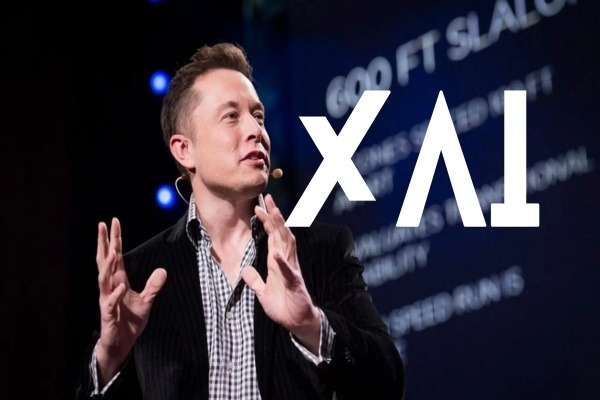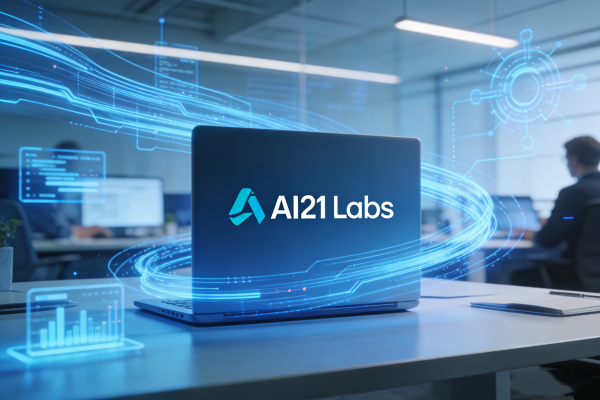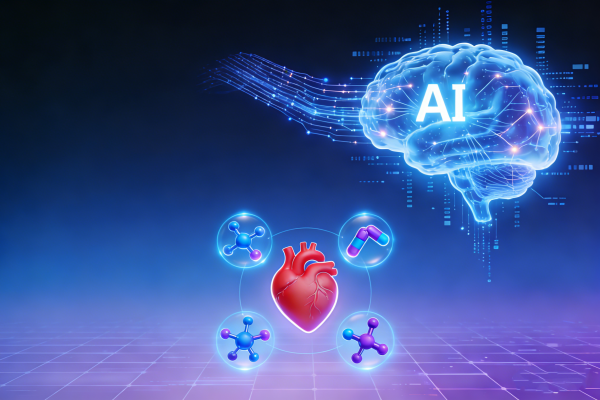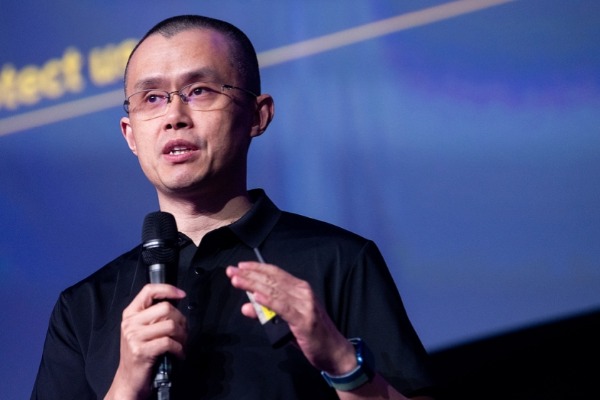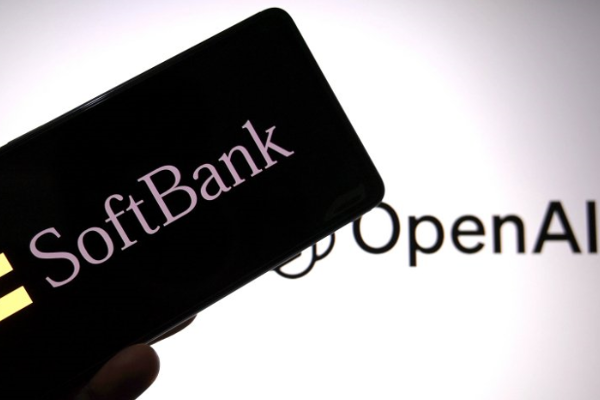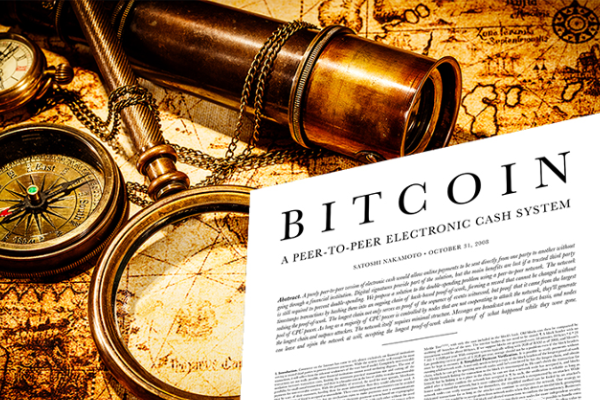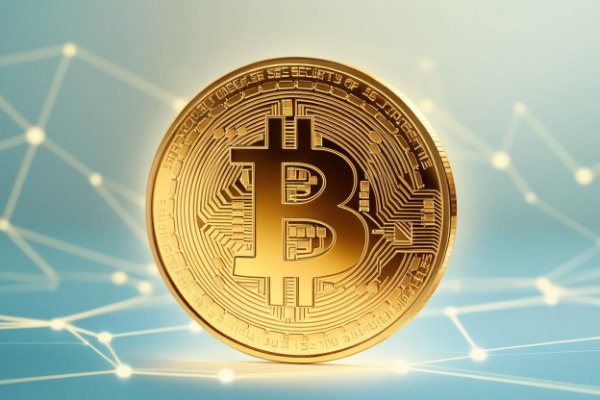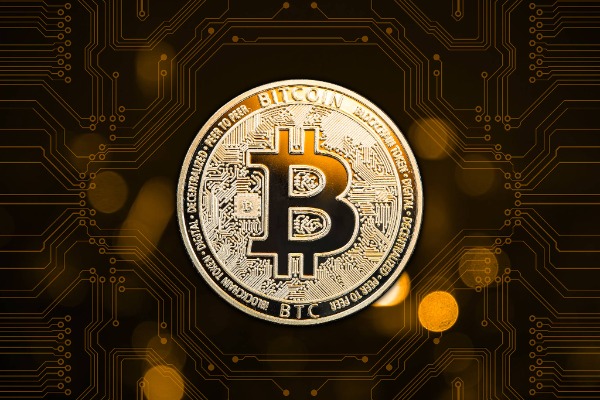What exactly is blockchain?
Blockchain is a new application model that integrates distributed data storage, peer-to-peer transmission and other technologies. It has the characteristics of decentralization and non-tamperability. It is widely used in finance, Internet of Things, copyright protection and other fields. It originated from Bitcoin and has great potential for future development.
Blockchain is a new application model that integrates computer technologies such as distributed data storage, peer-to-peer transmission, consensus mechanism, encryption algorithm, etc. It is essentially a decentralized database.
1. Definition of blockchain
Blockchain is a term in the field of information technology. The technology cleverly combines and integrates professional and technical knowledge in many fields such as mathematics, cryptography, Internet and computer programming. In layman's terms, blockchain is a distributed shared ledger or database. The data or information stored in it has the characteristics of decentralization and non-tamperability.
2. Technical characteristics of blockchain
Blockchain data structure: Blockchain is a data structure in which blocks are linked in a specific way. Each block includes a set of transaction information, each block has its own ID (address), and is associated by recording the ID of the previous block to form a chain.
Distributed consensus algorithm: The blockchain uses a distributed consensus algorithm, which enables multiple nodes in the network to reach a consensus without the control of a centralized organization. This mechanism ensures the consistency and security of blockchain data.
Cryptography technology: The blockchain uses cryptography technology to ensure the security of data transmission and access. The transaction information stored on the blockchain is public, but the identity information of the account is highly encrypted. The blockchain system integrates the advantages of symmetric encryption, asymmetric encryption and hash algorithm, and uses digital signature technology to ensure the security of transactions.
3. How blockchain works
The "block" of the blockchain is similar to the hard disk we use to store data. Each block is where the information on the blockchain is stored. Encryption through cryptography technology ensures that the stored information data cannot be tampered with. The blockchain system will check all the data generated during the period, such as transaction records and records of when the block was edited or created, and store this data on a new block. This block will be connected to the previous block, and each block must contain relevant information of the previous block to take effect, thus forming a chain.
When someone wants to add a new record to the blockchain, the request will be broadcast to all nodes in the network. The nodes will verify the validity of the request. If most nodes believe that the request is valid, it will be approved and added to a new block. This new block will be attached to the existing blockchain to form a growing chain.
IV. The value and application of blockchain
Blockchain technology has the characteristics of decentralization, transparency, security and immutability, which make blockchain have broad application prospects in many fields. For example, in the financial field, blockchain can be used in cross-border payments, supply chain finance and other scenarios; in the field of Internet of Things, blockchain can be used in scenarios such as device identity authentication and data sharing; in the field of copyright protection, blockchain can be used for copyright registration and traceability of digital works.
V. The origin and development of blockchain
Blockchain was born from Satoshi Nakamoto's Bitcoin. In November 2008, a person named Satoshi Nakamoto described a method of building a new, decentralized point-to-point transaction system in a paper titled "Bitcoin: A Peer-to-Point Electronic Cash System". On January 3, 2009, the Bitcoin system was officially launched, and the first Bitcoin block, also known as the "Genesis Block", was born. Since then, blockchain technology has continued to grow and develop, and many blockchain-based applications and projects have emerged.
In summary, blockchain is a new application model and technical means with the characteristics of decentralization and immutability. It has broad application prospects and huge potential value in many fields. With the continuous advancement of technology and the continuous expansion of application scenarios, blockchain is expected to play a more important role in the future.
